Home>Garden Essentials>How Many Pounds Of Ryegrass Seed Per Acre
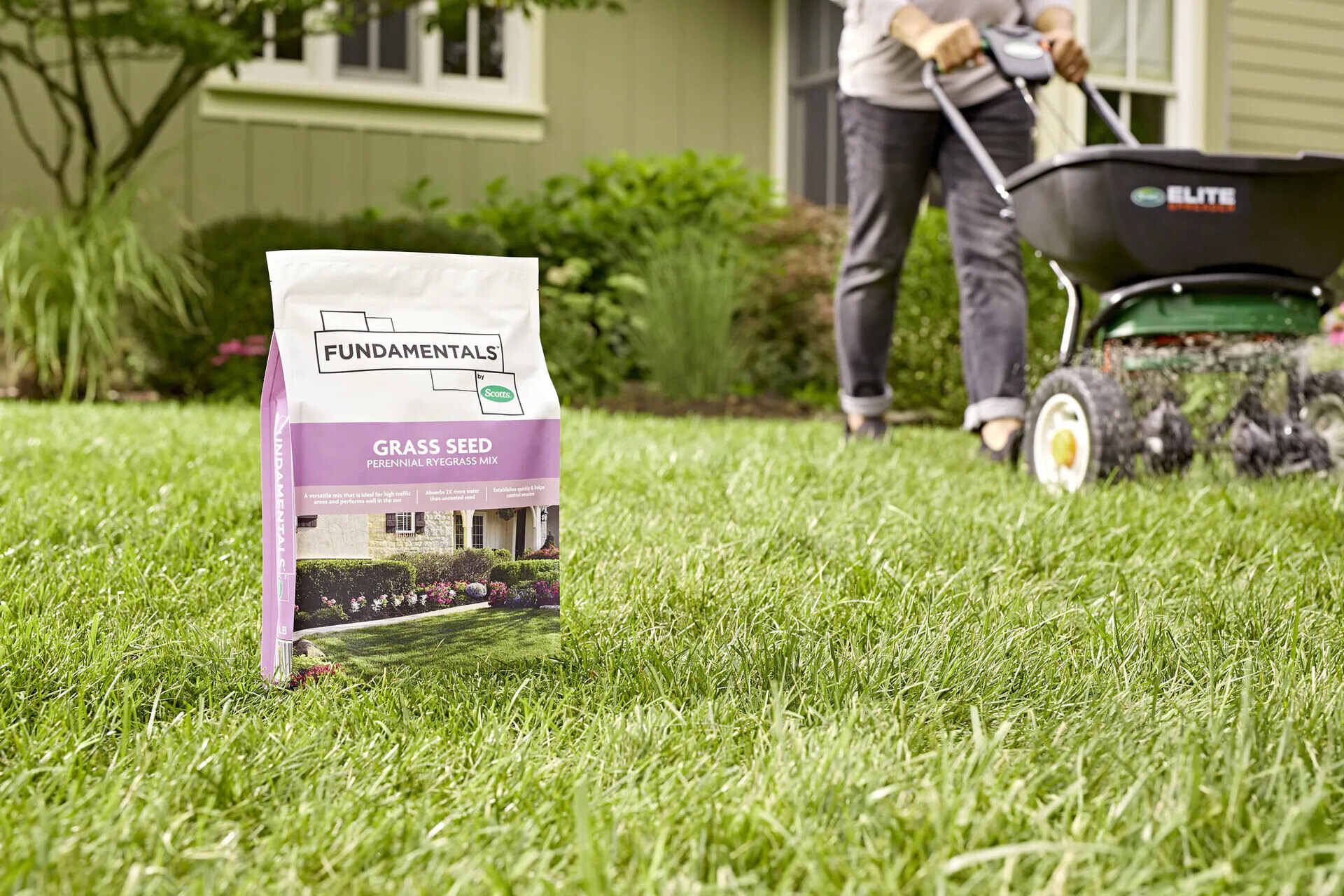

Garden Essentials
How Many Pounds Of Ryegrass Seed Per Acre
Modified: March 29, 2024
Find out how many pounds of rye grass seed per acre are needed for your garden. Optimize your lawn with the right seeding rate for a lush green lawn.
(Many of the links in this article redirect to a specific reviewed product. Your purchase of these products through affiliate links helps to generate commission for Storables.com, at no extra cost. Learn more)
Introduction
Welcome to our comprehensive guide on determining the optimal amount of rye grass seed per acre for your garden or landscape. Whether you’re a seasoned gardener or just starting out, understanding the proper seeding rates can make a significant difference in the success of your grass establishment.
Rye grass is a versatile and popular option for lawns, as well as for pastures and cover cropping. It provides a lush, green carpet that is both aesthetically pleasing and functional. However, achieving the desired results requires careful consideration of several factors and accurate calculations to determine the ideal amount of seed per acre.
In this article, we will explore the key factors to consider when determining the seed requirement, recommended seeding rates, and adjustments to make for specific conditions. We will also delve into the importance of determining seed weight and how it affects the overall seeding process. By the end, you’ll have a solid understanding of how many pounds of rye grass seed you need per acre to achieve your desired outcome.
So, let’s dive in and take a closer look at the factors to consider when determining the ideal seeding rate for your rye grass.
Key Takeaways:
- Determine the right amount of rye grass seed per acre by considering factors like soil type, climate, and purpose. Calculate the seed requirement using a simple formula based on your specific conditions.
- Adjust the seeding rate based on factors like poor soil fertility, harsh climate, overseeding, or desired density. Consider the weight of the seed for accurate calculations and seek expert advice for optimal results.
Read more: How Many Pounds Of Wheat Seed Per Acre
Factors to Consider
When determining how many pounds of rye grass seed per acre you will need, there are several factors to consider. These factors play a significant role in determining the optimal seeding rate for your specific situation. Let’s explore some of the key considerations:
- Soil Type: The type of soil you have will influence the success of your rye grass establishment. Different soil types have varying water holding capacities and nutrient levels. Soils with lower fertility may require higher seeding rates to ensure proper coverage and desired density.
- Climate: The climate in your specific region will have a direct impact on the growth and development of rye grass. Areas with cooler temperatures and mild winters might require higher seeding rates to compensate for slower germination and establishment. Conversely, regions with hot summers might benefit from lower seeding rates to avoid overcrowding and competition for resources.
- Purpose: The purpose for which you are planting rye grass will also influence the ideal seeding rate. For lawns and ornamental landscapes, a higher seeding rate is often desired to create a dense and lush appearance. On the other hand, when using rye grass as a cover crop or for erosion control, a lower seeding rate may be sufficient to achieve the desired outcome.
- Seed Quality: The quality of the rye grass seed you use will impact the germination rate and overall establishment. It is essential to select high-quality seed to ensure optimal results. Lower-quality seed may require higher seeding rates to compensate for reduced germination and overall performance.
- Seedbed Preparation: Adequate seedbed preparation is crucial for successful rye grass establishment. A well-prepared seedbed that is free from weeds, debris, and compacted soil helps promote good seed-to-soil contact, which is essential for germination. Inadequate seedbed preparation may require higher seeding rates to compensate for less favorable conditions.
By taking these factors into account, you can better determine the ideal seed rates for your specific situation. In the next section, we will explore how to calculate the seed requirement based on these considerations.
Calculating Seed Requirement
Calculating the seed requirement for your rye grass seeding project involves a simple formula that takes into account the square footage of your area and the desired seeding rate (lbs/acre). Here’s how you can calculate it:
- Measure the Area: Begin by measuring the length and width (or diameter for circular areas) of the space you plan to seed. Multiply the length by the width to get the total square footage. If you have irregularly shaped areas, divide them into smaller sections and measure each section separately before adding the square footage together.
- Select the Seeding Rate: The ideal seeding rate for rye grass seeds can vary, but a common range is between 25 to 30 pounds per acre for lawns and up to 40 pounds per acre for pastures or cover cropping. Select a seeding rate based on the factors we discussed earlier such as soil type, climate, and purpose.
- Convert to Acres: Convert the total square footage to acres by dividing it by 43,560. For example, if the total square footage is 10,000, divide it by 43,560 to get approximately 0.23 acres.
- Calculate the Seed Requirement: Multiply the seeding rate (in pounds/acre) by the number of acres. For instance, if you are targeting a seeding rate of 30 pounds per acre and have 0.23 acres, the seed requirement will be 6.9 pounds (30 lbs/acre x 0.23 acres).
It’s important to note that these calculations provide a general guideline, and slight adjustments may be necessary based on your specific conditions and desired results. The following section will outline recommended seeding rates for different applications to further guide your seed requirement calculations.
Recommended Seeding Rates
The recommended seeding rates for rye grass can vary depending on the specific application, such as lawns, pastures, or cover cropping. Here are some general guidelines:
- Lawns and Ornamental Landscapes: For establishing a new lawn or overseeding an existing one, a seeding rate of around 25 to 30 pounds per acre is typically recommended. This rate helps achieve a dense and lush appearance, filling in any sparse areas and creating a uniform carpet of rye grass.
- Pastures and Hay Fields: When using rye grass for grazing or hay production, a seeding rate of 30 to 40 pounds per acre is frequently used. This higher rate ensures adequate forage production and grazing capacity, as rye grass is often grown in conjunction with other forage grasses.
- Cover Crops and Erosion Control: For cover cropping and erosion control purposes, a lower seeding rate of around 15 to 20 pounds per acre can be sufficient. This rate provides adequate ground coverage and helps protect the soil from erosion, while minimizing competition with other crops.
These are general recommendations, and it’s important to consider the specific conditions of your site and your desired outcome. Adjustments may be necessary based on factors like soil fertility, climate, and the condition of the seedbed.
In the next section, we will discuss potential adjustments you might need to make for specific conditions to ensure the success of your rye grass seeding project.
For overseeding, use 5-10 pounds of rye grass seed per acre. For new lawn establishment, use 20-30 pounds per acre. Always follow the specific instructions on the seed packaging for best results.
Adjustments for Specific Conditions
Depending on the specific conditions of your site, you may need to make adjustments to the recommended seeding rates for rye grass. Here are some common scenarios and the corresponding adjustments:
- Poor Soil Fertility: If your soil has low fertility levels or lacks essential nutrients, you may need to increase the seeding rate slightly to compensate for potential lower germination and establishment rates. Consider adding a few extra pounds of seed per acre to ensure proper coverage and density.
- Harsh Climate Conditions: In regions with extreme climates, such as areas with long, hot summers or harsh winters, you may need to adjust the seeding rate accordingly. Higher rates can help compensate for potential seedling losses or slower establishment due to unfavorable weather conditions.
- Overseeding vs. New Lawn: If you are overseeding an existing lawn rather than establishing a new one, you can generally reduce the seeding rate by around 25%. This adjustment takes into account the existing grass and ensures that the newly seeded rye grass can establish without overcrowding or competing for resources.
- Desired Density: Depending on your preference for grass density, you may need to increase or decrease the seeding rate. If you desire a thicker, denser lawn or pasture, consider adding a few extra pounds of seed per acre. Conversely, if you prefer a more open and less dense appearance, you can reduce the seeding rate slightly.
It’s crucial to assess your specific conditions and make adjustments accordingly to optimize the success of your rye grass seeding project. Consider consulting with a local gardening expert or agricultural extension office for additional guidance based on your specific region and conditions.
In the next section, we will explore the importance of determining the seed weight and how it impacts the overall seeding process.
Determining Seed Weight
Determining the weight of rye grass seed is essential for accurate calculations and achieving the desired seeding rate. Here are a few key considerations when determining the seed weight:
- Seed Label: The seed label provides valuable information about the weight of the seed. It typically indicates the weight of the seed per unit, such as pounds per bushel or pounds per 1,000 seeds. This information is crucial in accurately calculating the seed requirement per acre.
- Seed Testing Lab: If the seed label is unavailable or you need more detailed information about the weight of the seed, you can send a sample to a seed testing lab. They will analyze the sample and provide you with the weight information, as well as additional details about seed quality and germination rates.
- Seed Variety: Different rye grass varieties can have variations in their seed weight. It’s important to verify the specific seed variety you are using and consider any variations in weight that may exist. This ensures accurate calculations and optimal seeding rates.
- Seed Storage: Proper storage of the seed is crucial to maintain its quality and weight. Improper storage conditions can lead to seed deterioration and potential weight loss. Ensure that the seed is stored in a cool, dry place to preserve its quality and weight integrity.
Having accurate information about the seed weight allows you to adjust your calculations accordingly to achieve the desired seeding rate. It’s recommended to double-check the weight of the seed before making any final calculations to ensure accuracy.
Now that we have covered the importance of seed weight, let’s summarize the key points and conclude our guide on determining the appropriate amount of rye grass seed per acre.
Conclusion
Determining the optimal amount of rye grass seed per acre is a crucial step in achieving a successful and vibrant lawn, pasture, or cover crop. By considering factors such as soil type, climate, purpose, seed quality, and seedbed preparation, you can make informed decisions about the seeding rate that best suits your specific conditions and desired outcome.
Calculating the seed requirement involves measuring the area, selecting the seeding rate, converting to acres, and multiplying the seeding rate by the number of acres. This simple formula provides a baseline for determining how many pounds of rye grass seed you will need.
The recommended seeding rates can vary based on the application, such as lawns, pastures, or cover cropping. Adjustments may be necessary for specific conditions like poor soil fertility, harsh climate, overseeding, or desired density. Considering these factors and making appropriate adjustments ensures an optimal seeding rate for your project.
Determining the weight of the seed is crucial for accurate calculations. Seed labels and seed testing labs are valuable resources for obtaining information about the seed weight, allowing you to fine-tune your calculations to achieve the desired seeding rate.
Remember, while this guide provides general guidelines, it’s essential to consider your specific conditions, regional factors, and expert advice in making the final decision on the appropriate seeding rate for your rye grass project.
Now armed with the knowledge of determining the ideal amount of rye grass seed per acre, you can confidently embark on your seeding project and create a stunning and flourishing landscape.
Frequently Asked Questions about How Many Pounds Of Ryegrass Seed Per Acre
Was this page helpful?
At Storables.com, we guarantee accurate and reliable information. Our content, validated by Expert Board Contributors, is crafted following stringent Editorial Policies. We're committed to providing you with well-researched, expert-backed insights for all your informational needs.

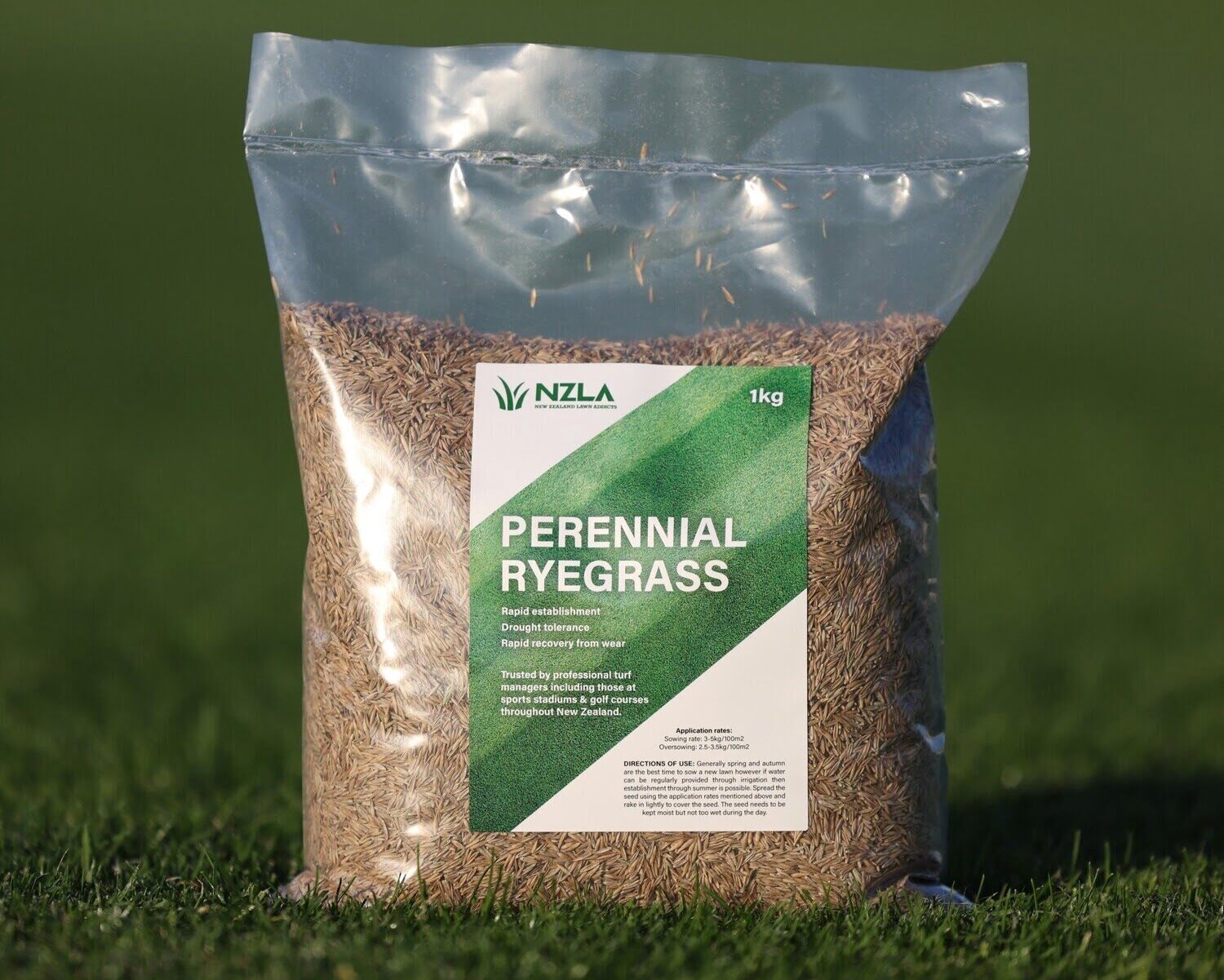
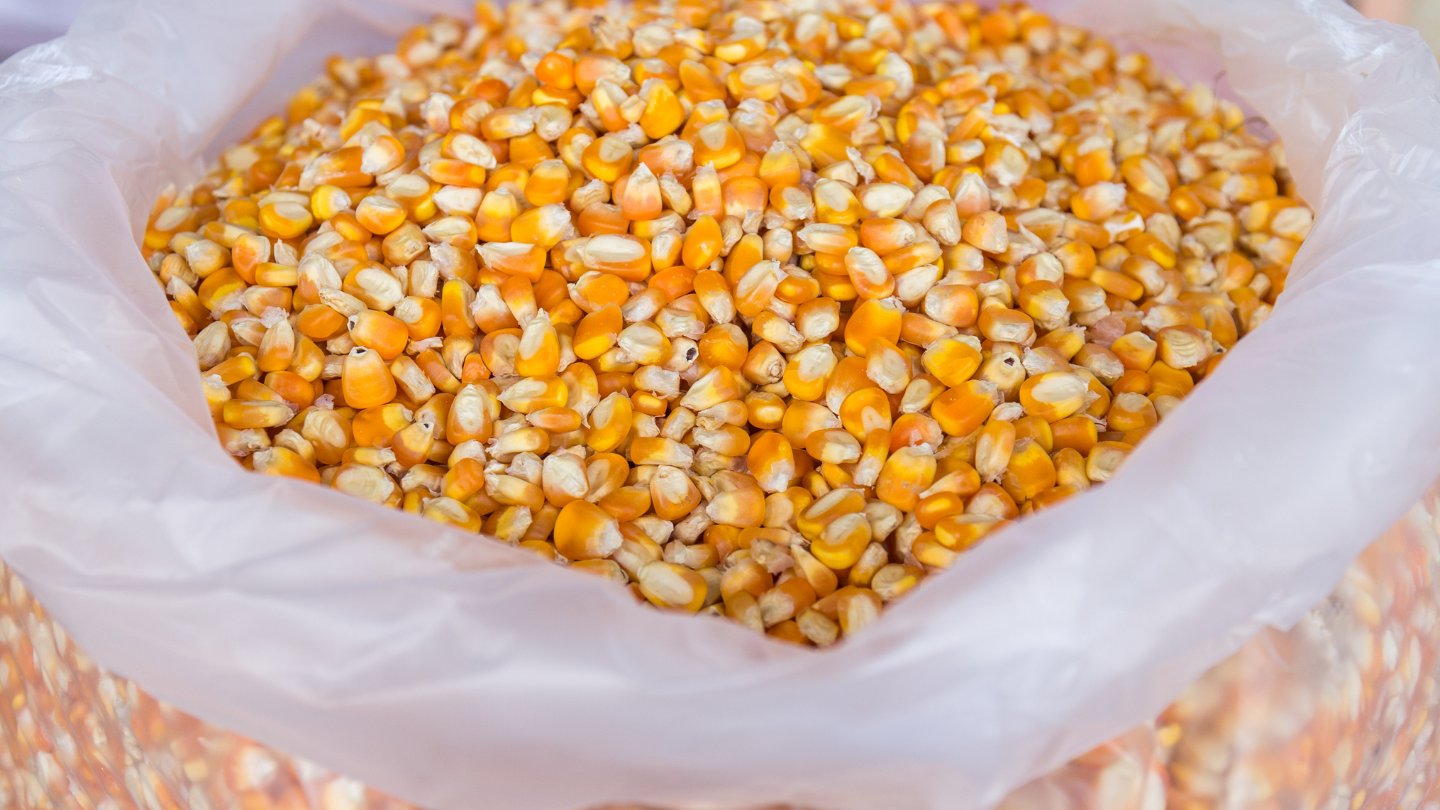
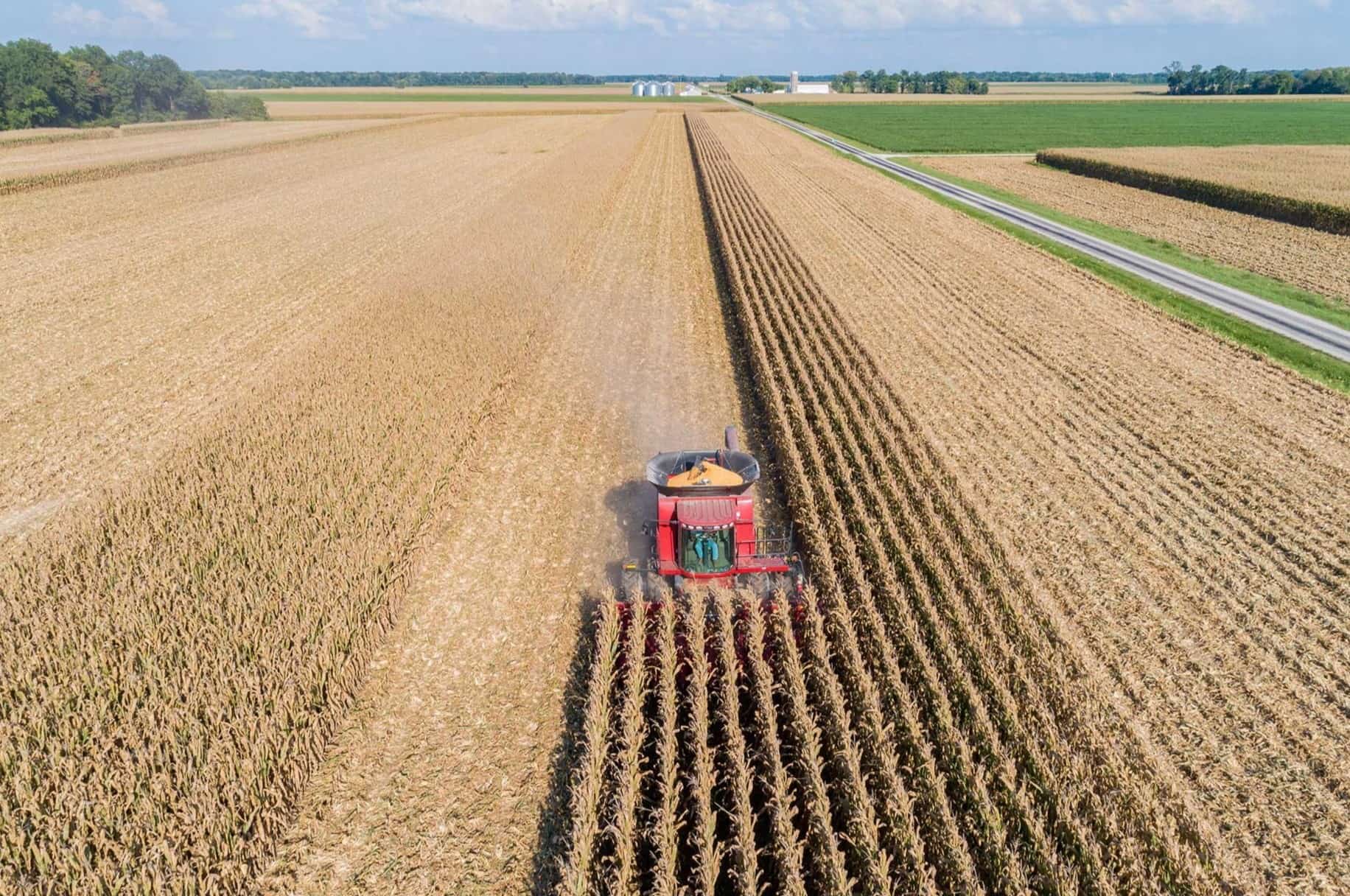
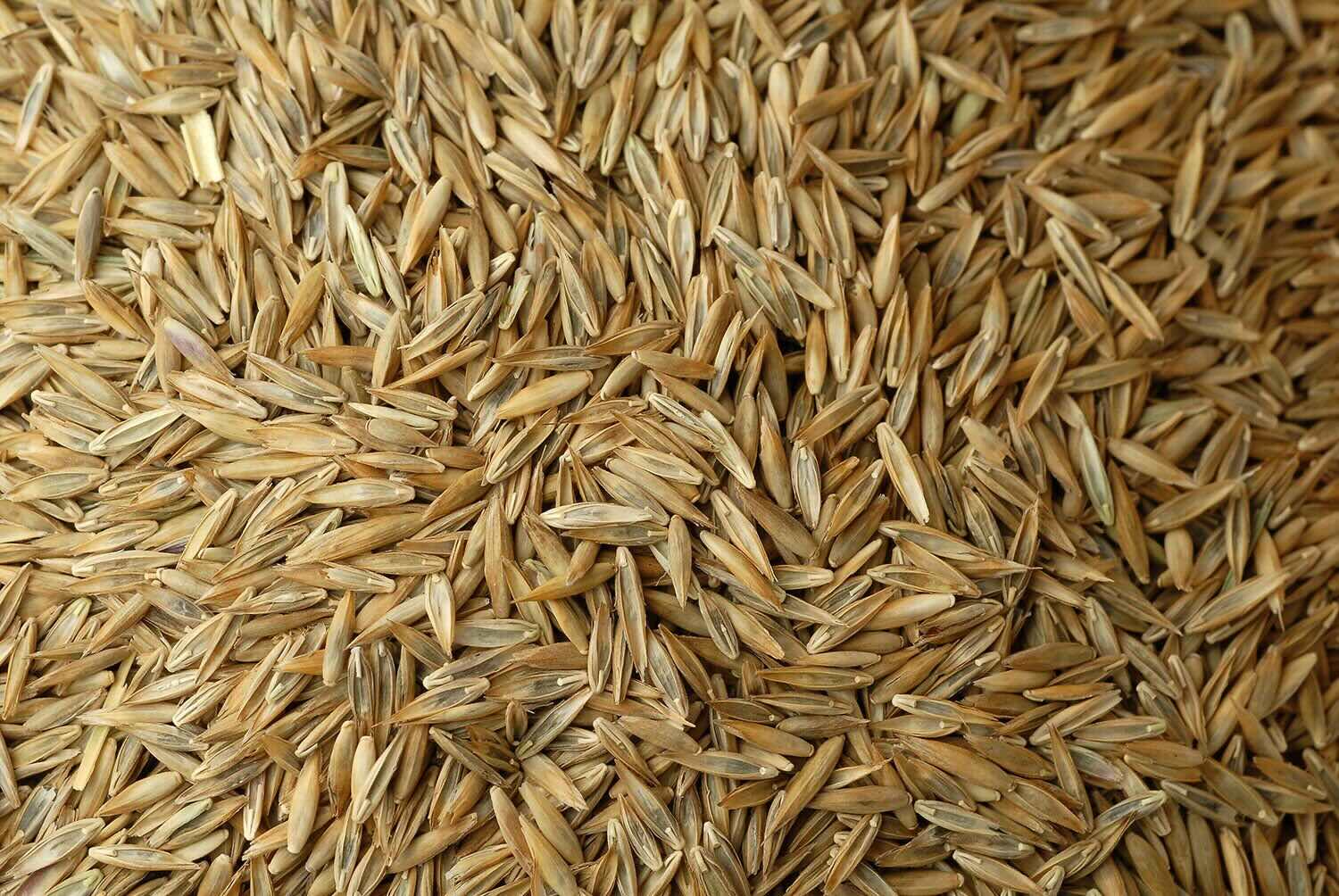
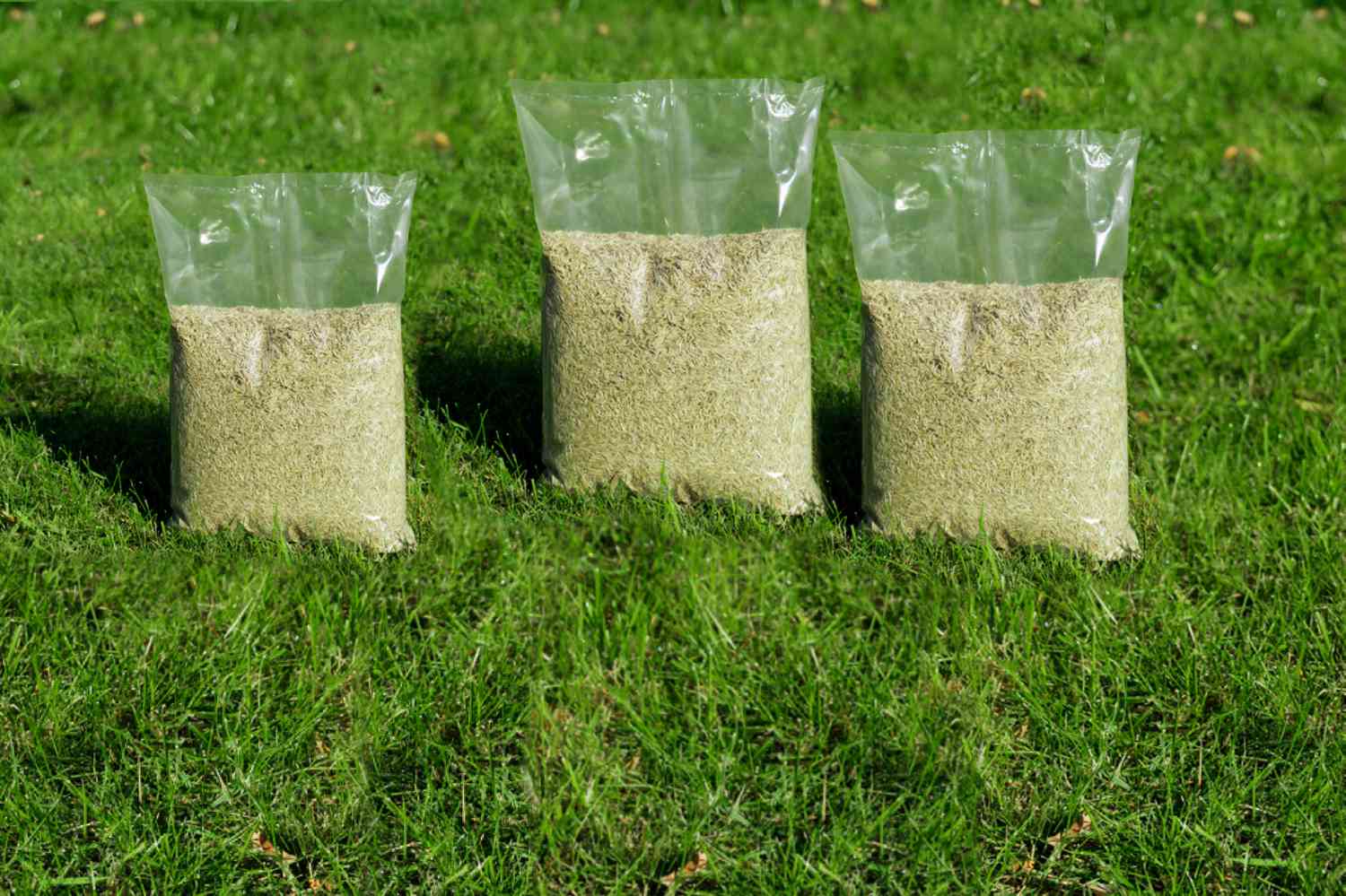
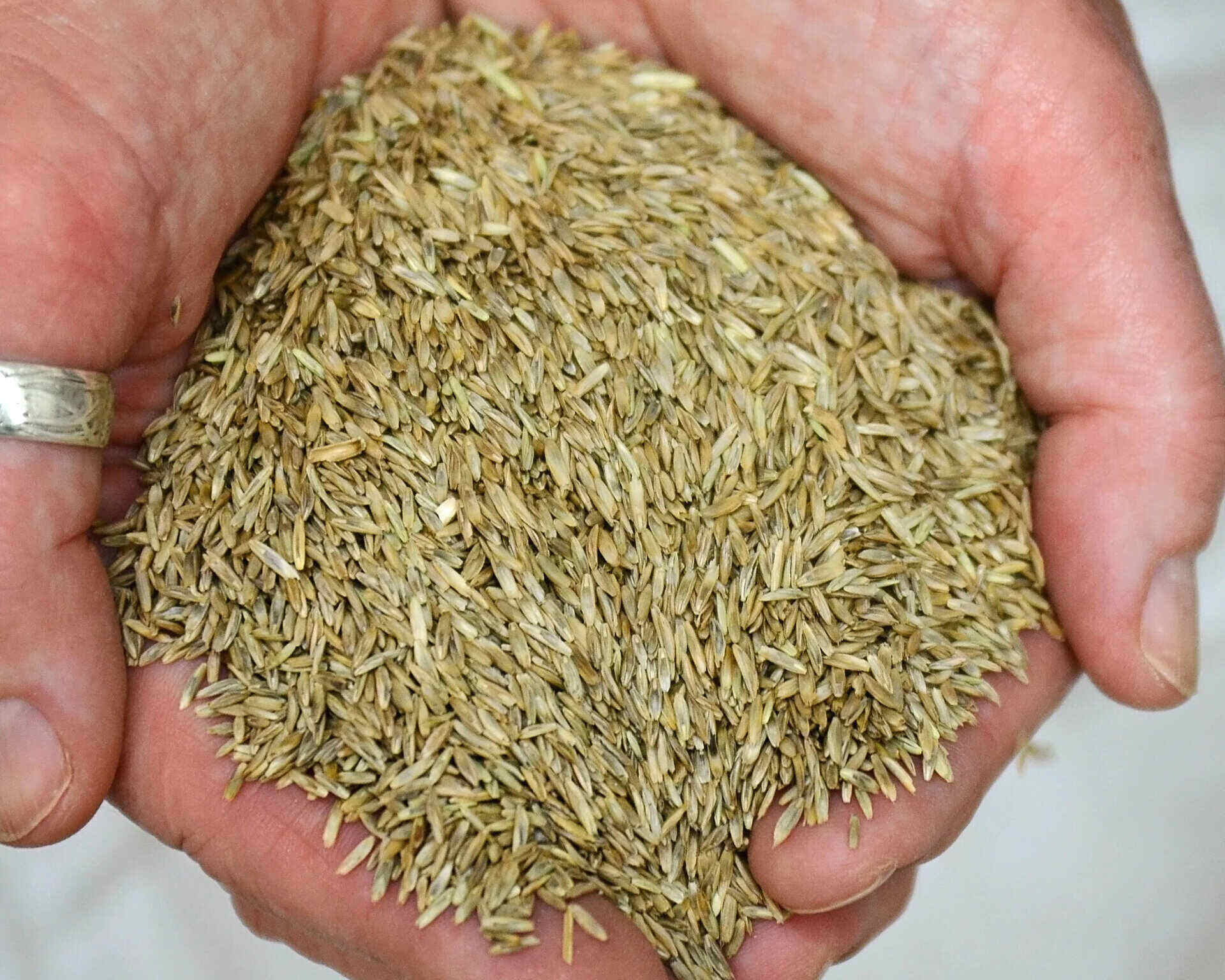
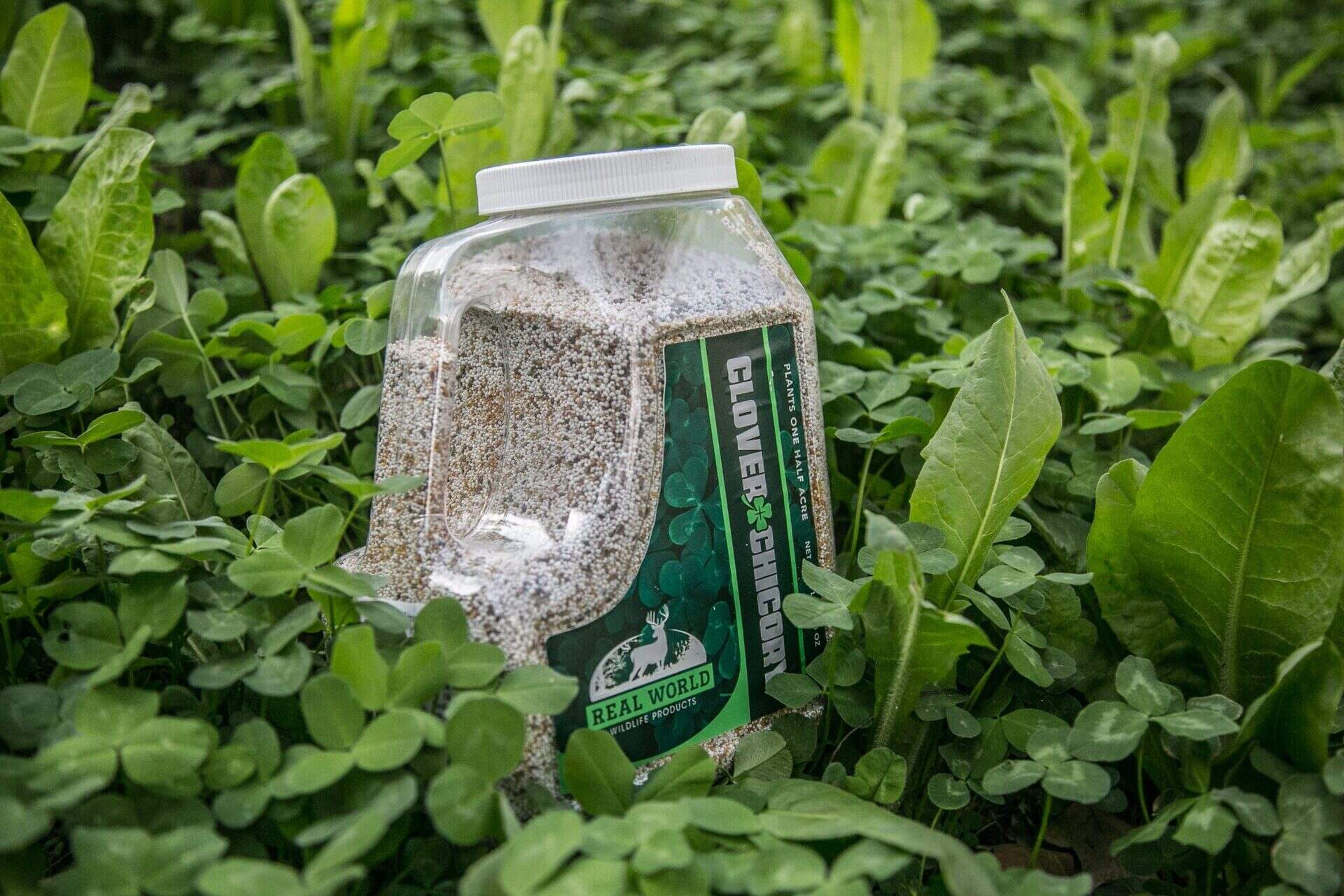
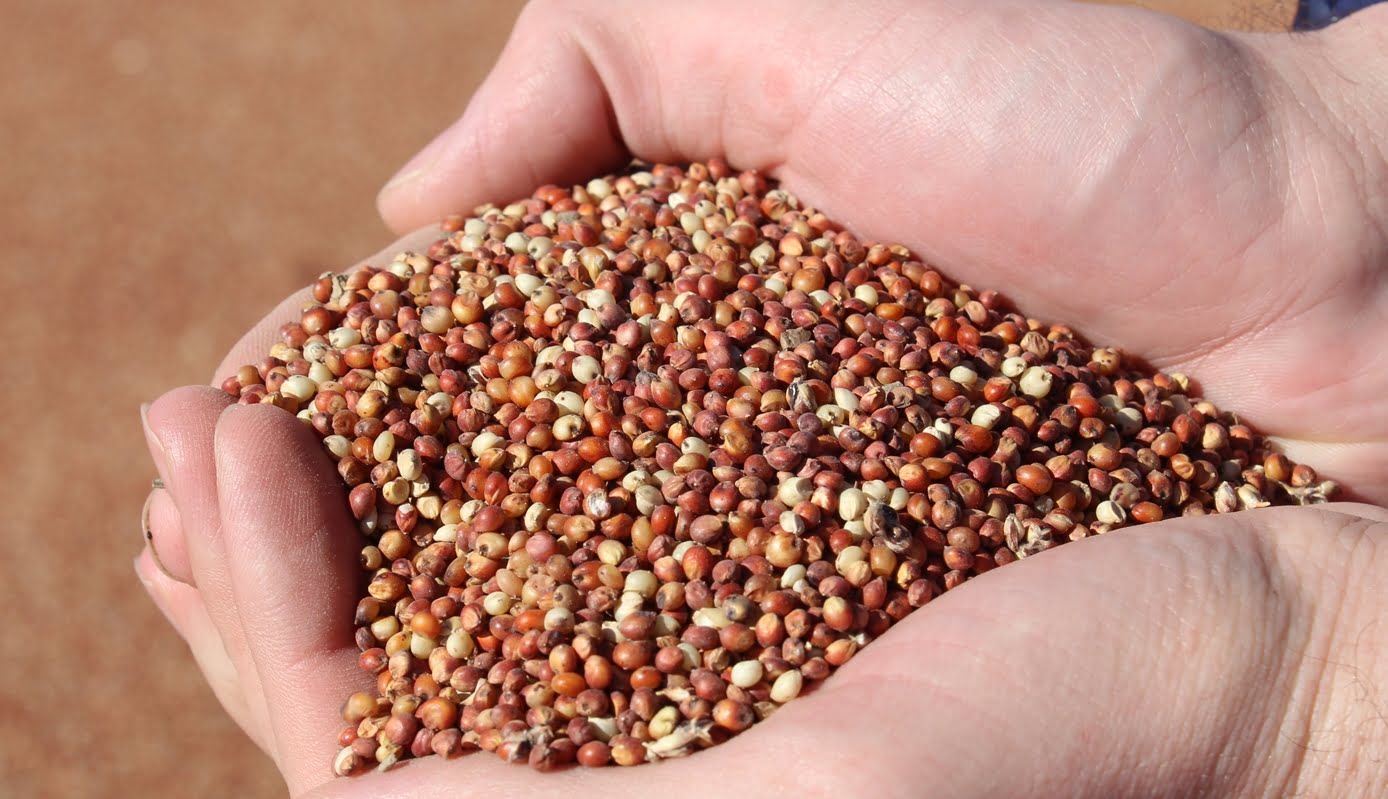

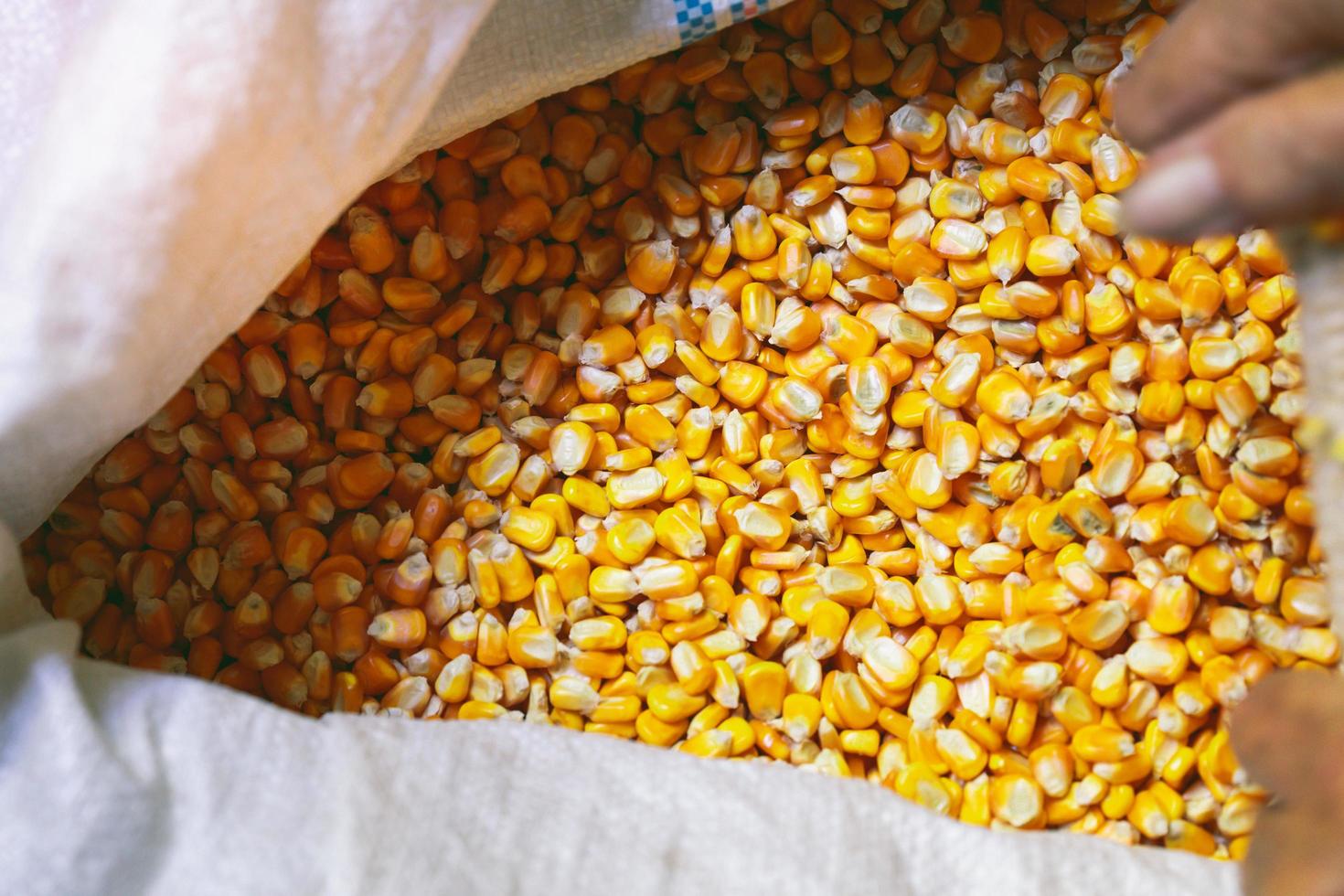
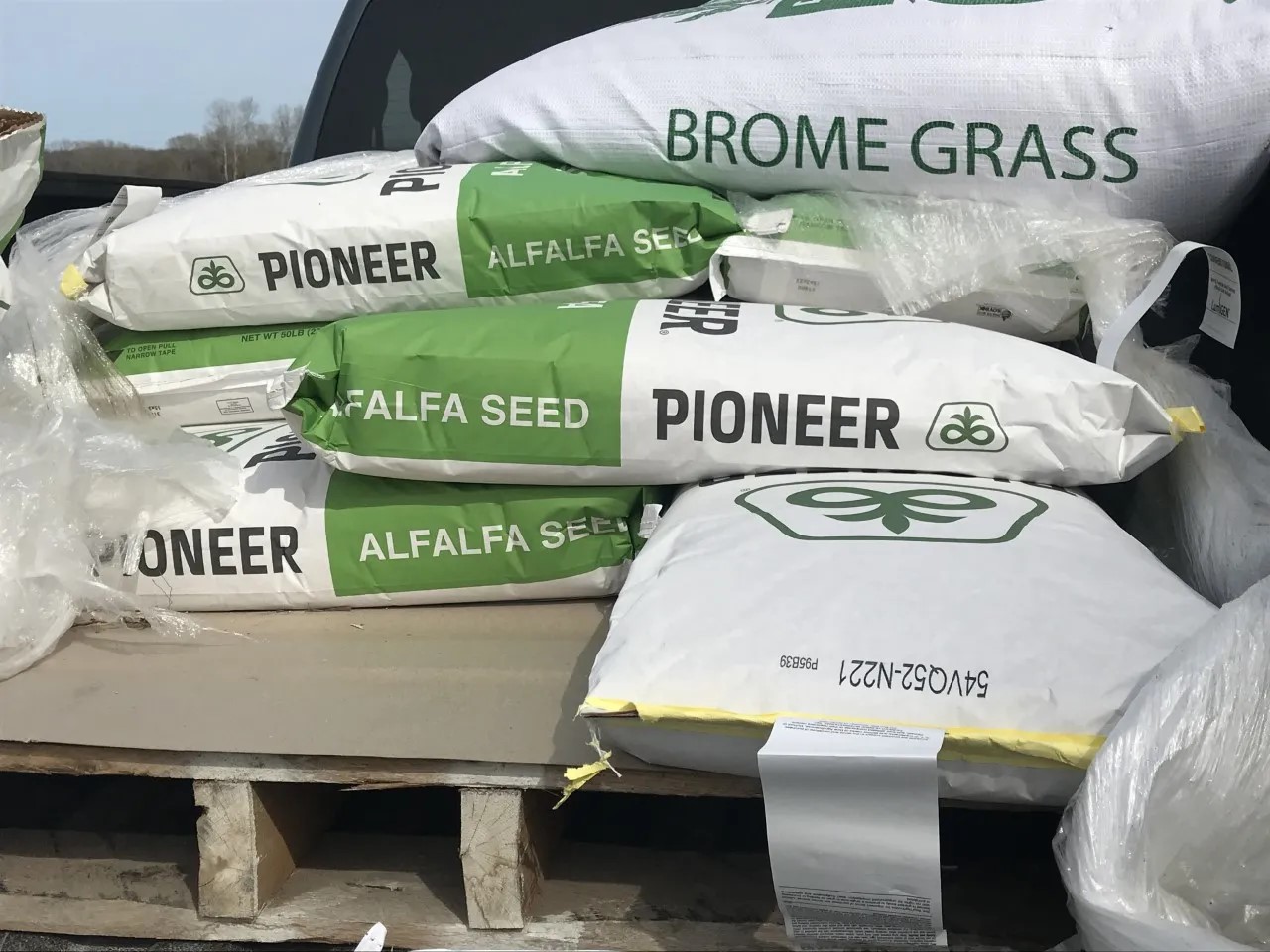
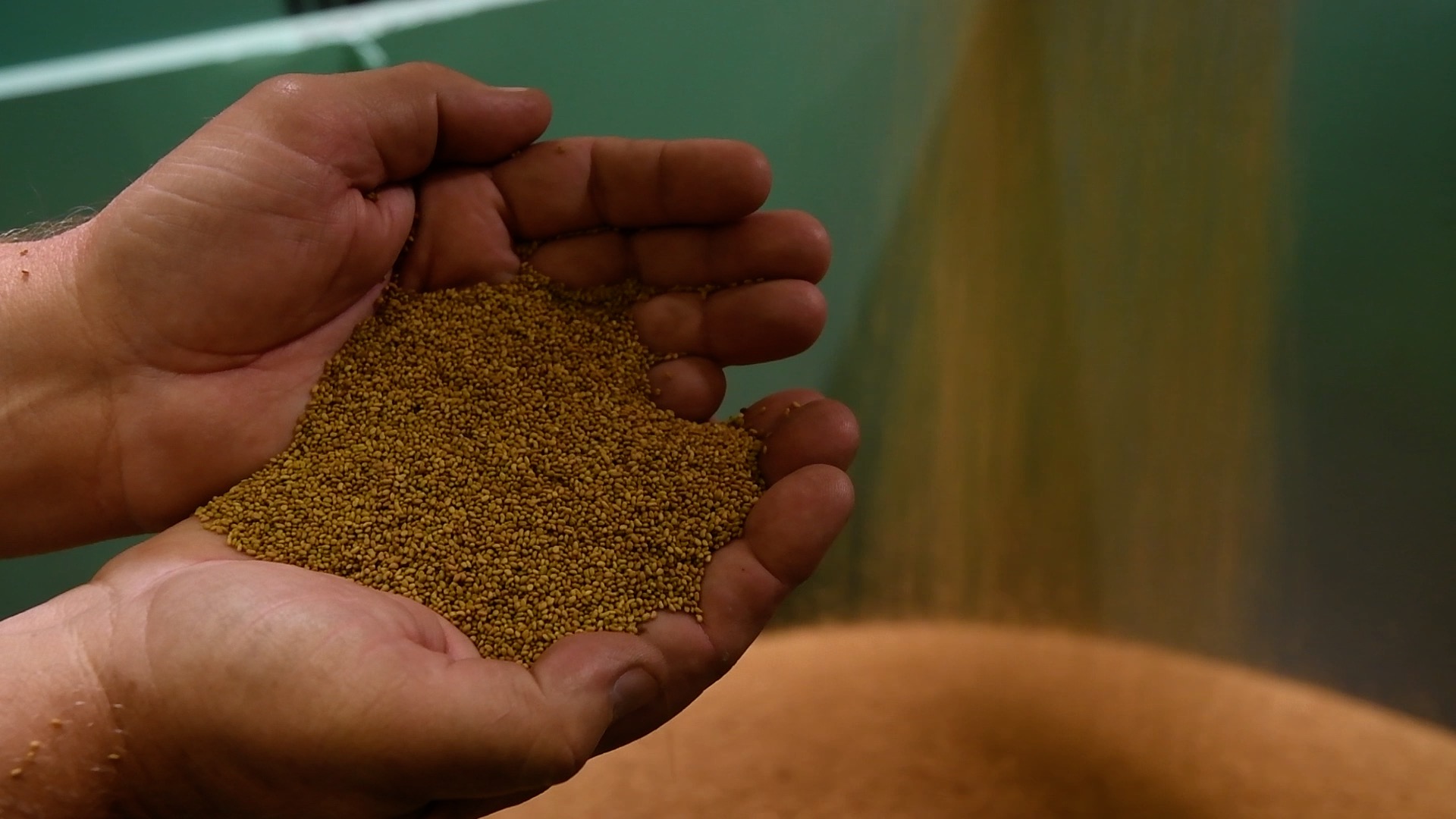
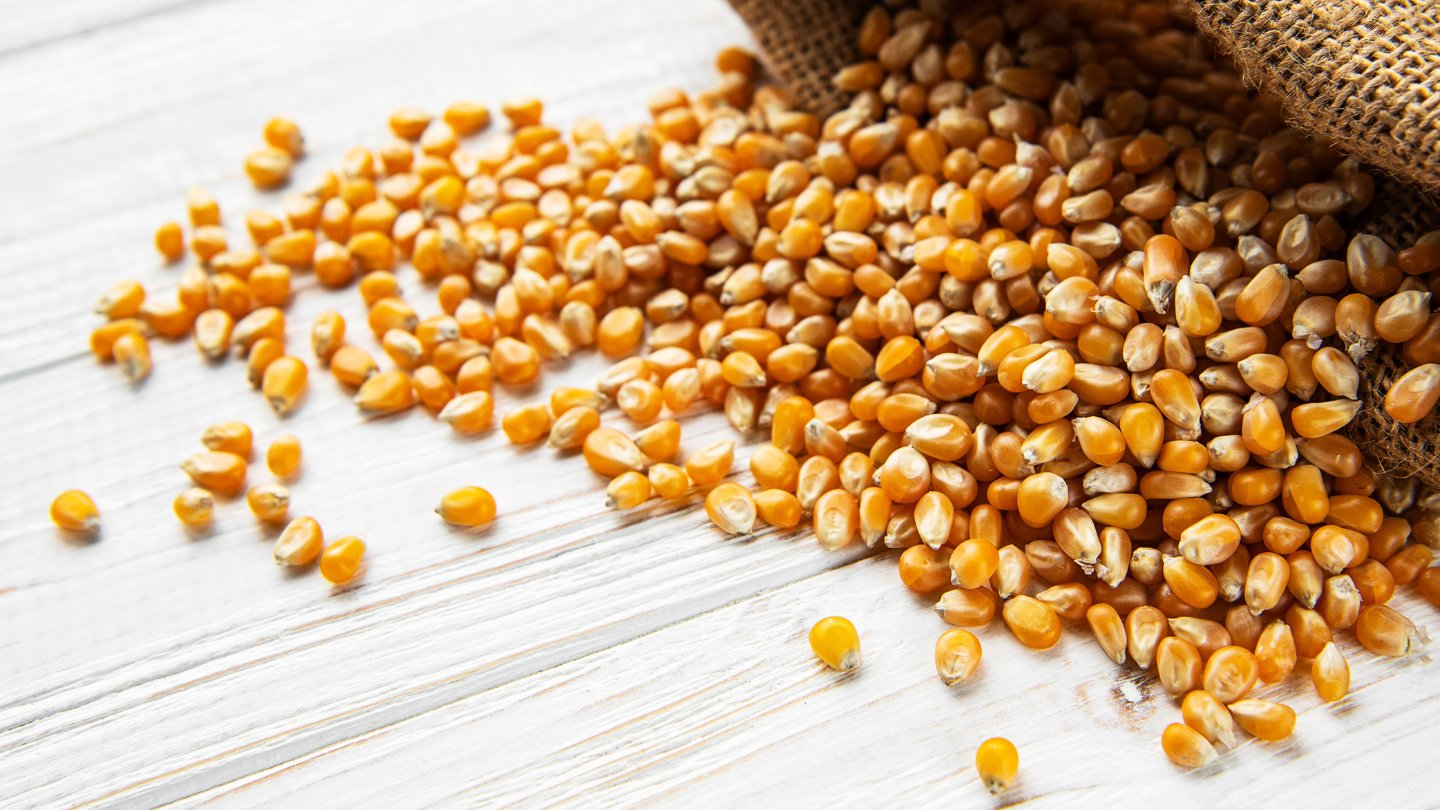

0 thoughts on “How Many Pounds Of Ryegrass Seed Per Acre”